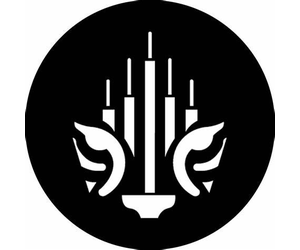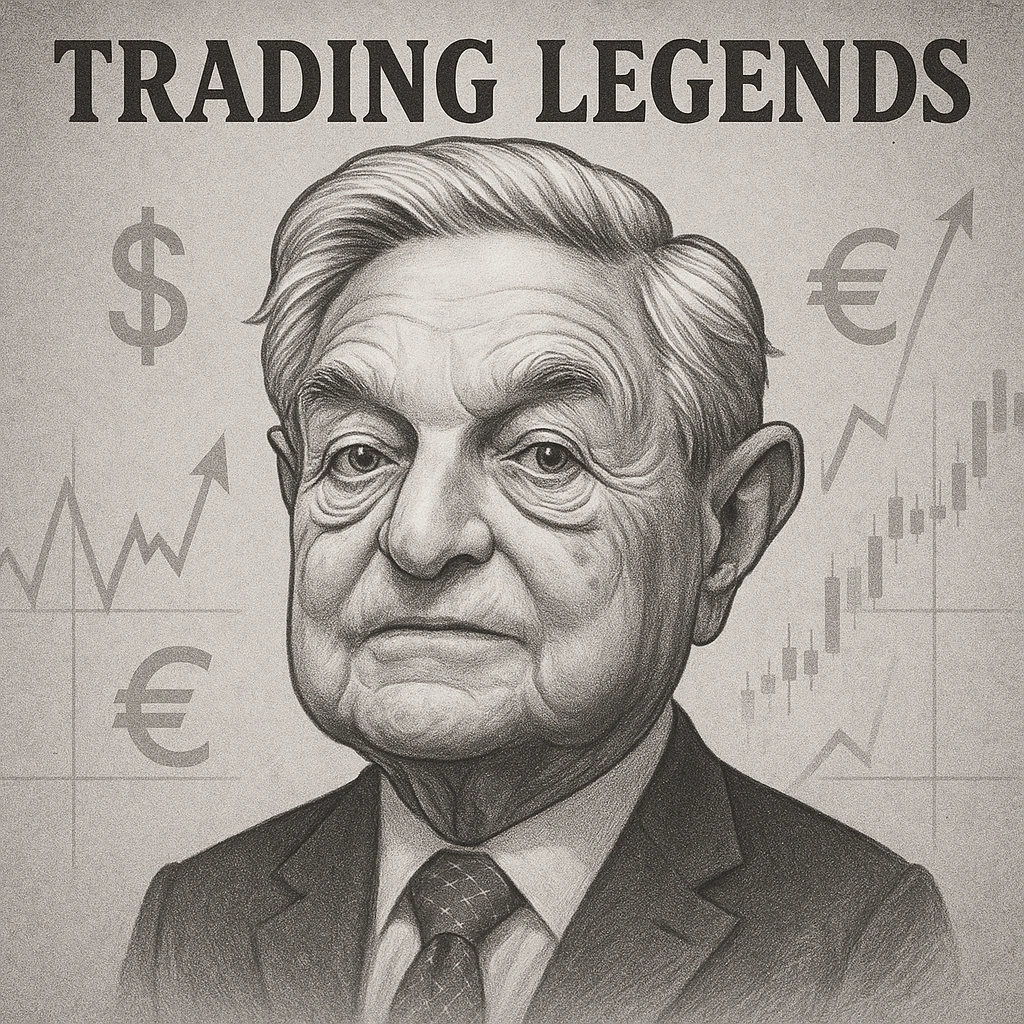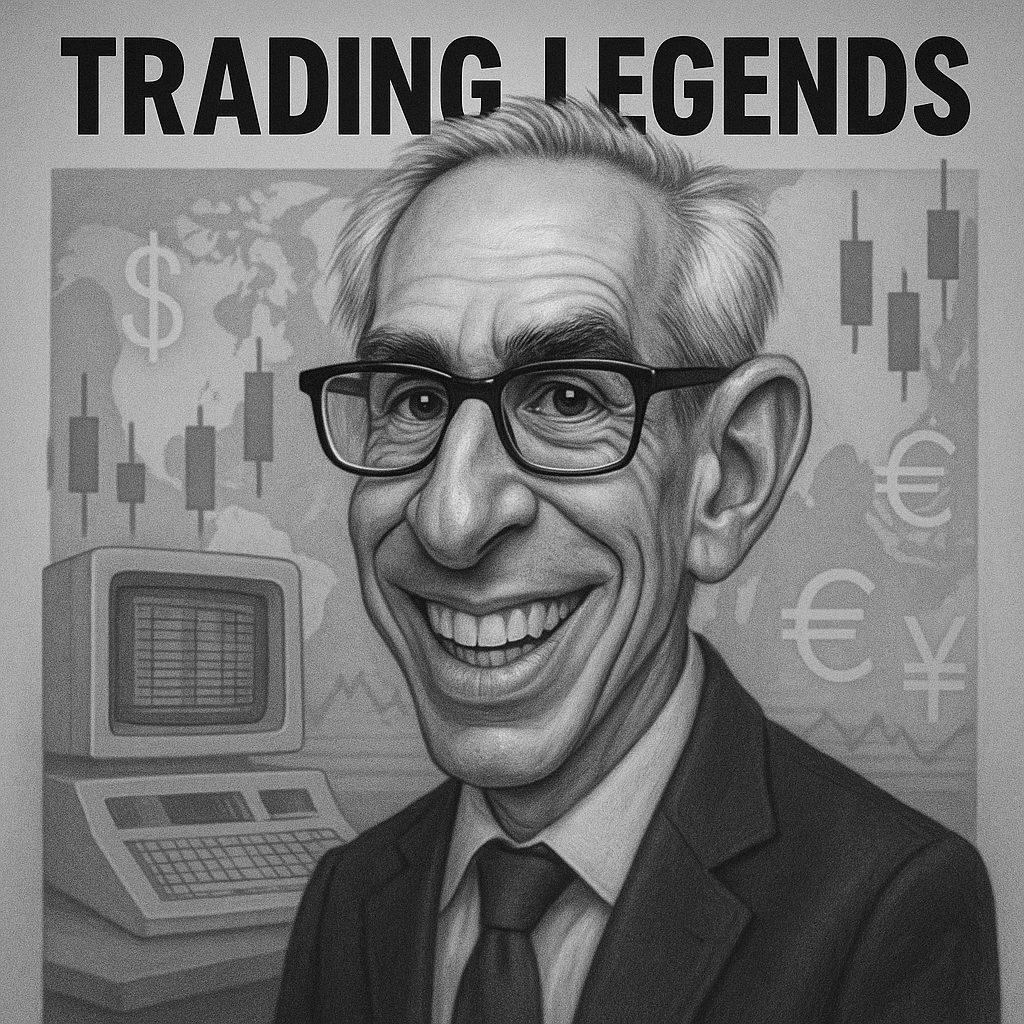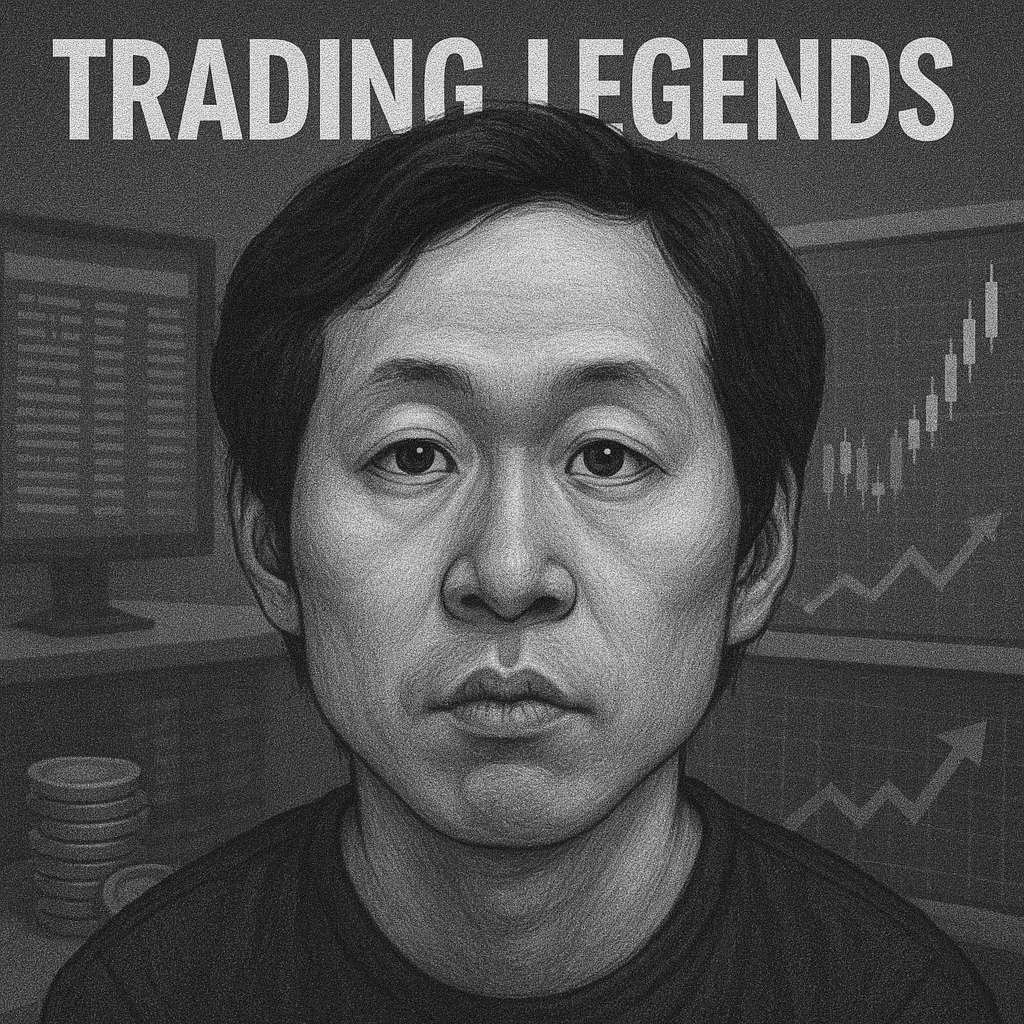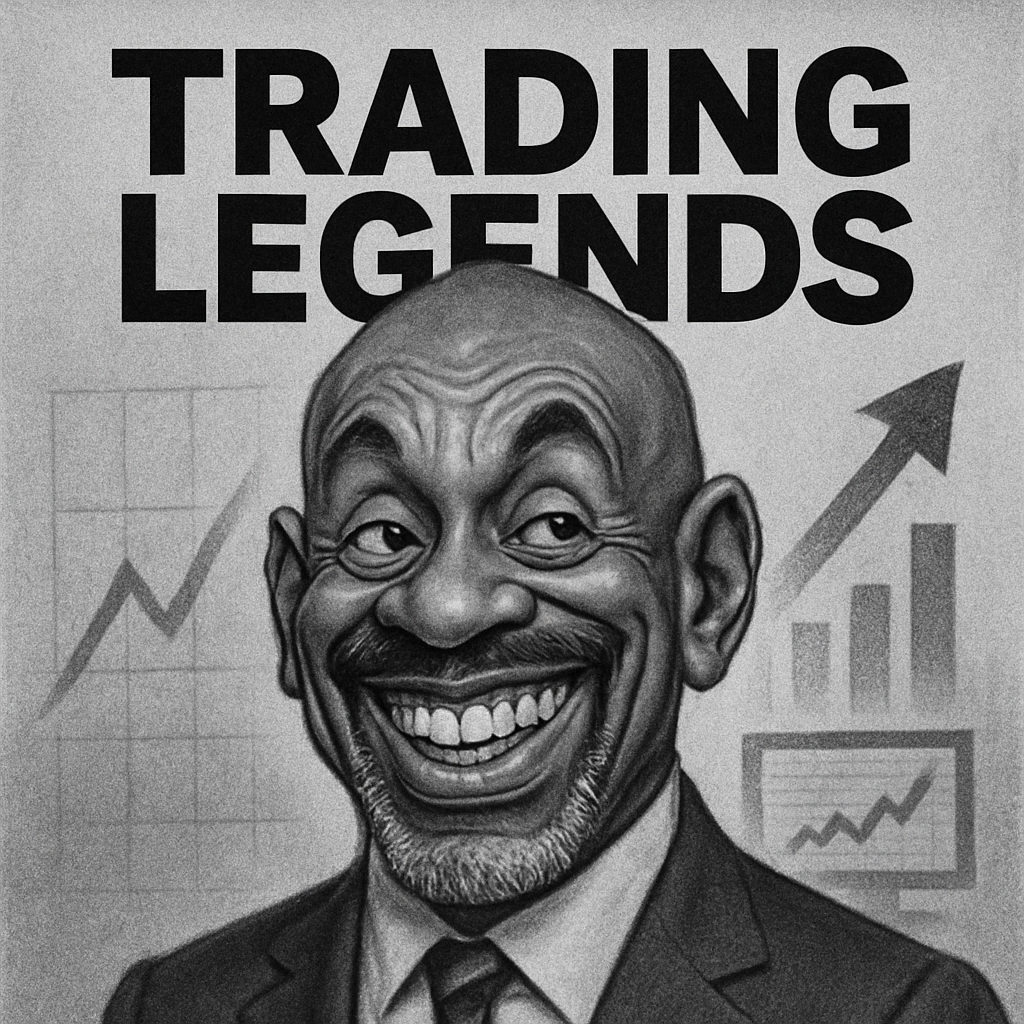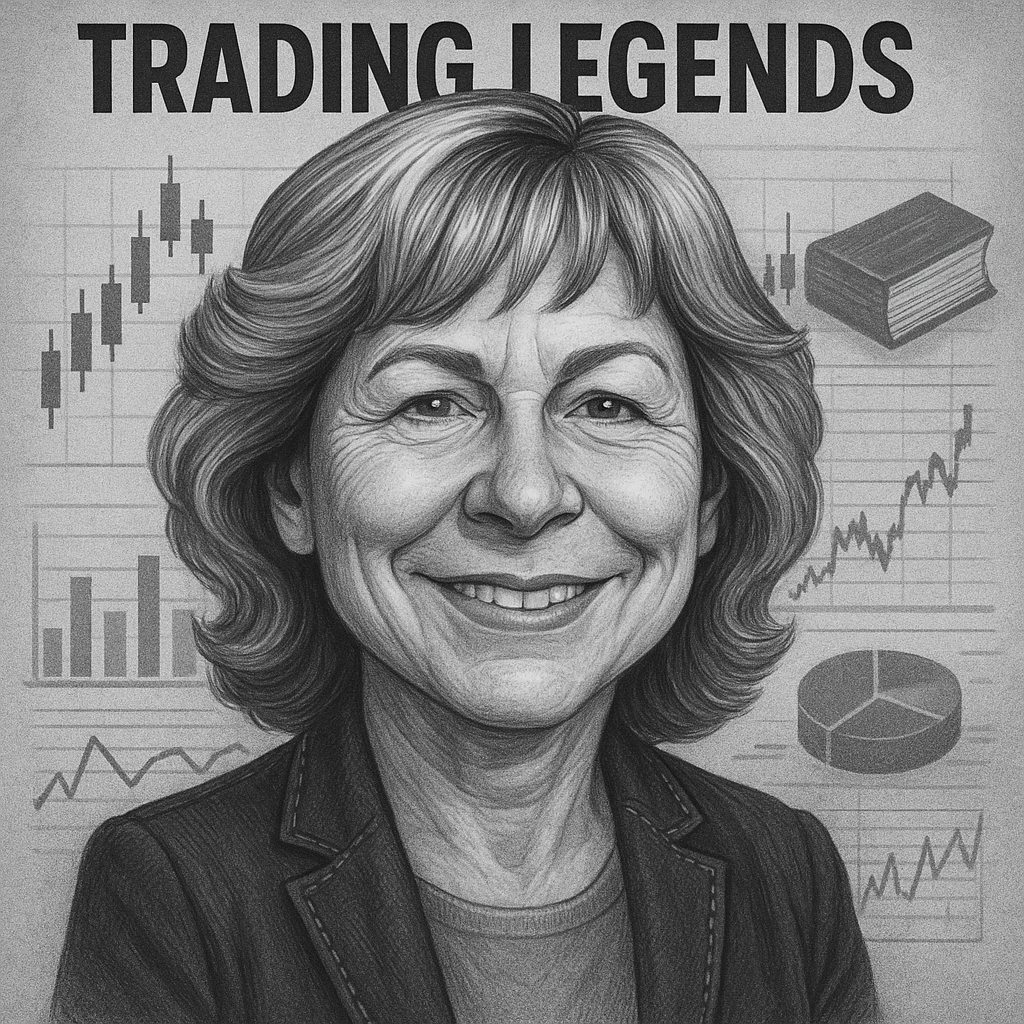Before his philanthropy adn support of the left, George Soros was more popularly known as the Man Who Broke the Bank of England.
It was a balmy September afternoon in 1992, and the trading floor at Quantum Funds in New York was electric. On the line, George Soros’s voice was calm but urgent: “Sell the pound,” he instructed, just as the Bank of England scrambled to raise interest rates. Within hours, the pound tumbled more than 15% against the dollar, forcing the British Treasury to withdraw from the Exchange Rate Mechanism. Soros’s Quantum Fund reportedly pocketed over $1 billion that day—an achievement that would earn him the moniker “the man who broke the Bank of England.” That single trade epitomizes Soros’s career: a blend of fierce conviction, intellectual rigor, and the willingness to bet big when his analysis signals rare opportunity.
Background and Early Life
Born György Schwartz in Budapest in 1930, Soros survived Nazi occupation and the turmoil of postwar Europe before emigrating to England in 1947. With only a few pounds in his pocket, he enrolled at the London School of Economics, working as a railway porter and baker’s apprentice to pay tuition. It was there that he studied under philosopher Karl Popper, whose theory of reflexivity—the idea that market participants’ biases can influence fundamentals and vice versa—profoundly shaped Soros’s worldview.
By the time he graduated in 1952, he had adopted an unorthodox approach to markets, one that rejected the notion of perfectly efficient prices. Instead, Soros viewed markets as dynamic arenas where perceptions and reality continuously interact. In 1956, he moved to New York, joining F.M. Mayer and later, Wertheim & Co., where he honed his skills in currency trading and built a reputation for spotting mispriced assets. These early experiences laid the foundation for his launch of the Quantum Fund in 1969.
Key Career Moments
The Birth of Quantum Fund (1969). Backed by a small group of investors, Soros pooled $12 million to launch the Quantum Fund, marrying his philosophical insights with aggressive macro bets. Within the first decade, the fund delivered average annual returns north of 30%, capitalizing on the breakdown of the Bretton Woods system and the oil shocks of the 1970s. “I learned early that big returns come from big ideas,” Soros later reflected. His willingness to pivot—as when he shifted from U.S. treasuries to European currencies in the late 1970s—set him apart from peers who clung to narrow playbooks.
Black Wednesday (September 16, 1992). The most famous moment in Soros’s career unfolded during the U.K.’s attempt to maintain the pound within Europe’s Exchange Rate Mechanism. Convinced that the pound was overvalued, Soros and his team amassed a multibillion-dollar short position. When the Bank of England raised interest rates—then reversed course amid market pressure—Soros’s thesis was vindicated. The pound’s collapse forced the U.K. to exit the ERM, and Quantum Fund’s windfall was estimated at $1.1 billion. A colleague who worked that day recalled, “George was almost serene amid the chaos. He knew exactly when to pull the trigger.”
Asian Financial Crisis (1997–1998). In the late 1990s, Soros turned his attention to Asia’s rapidly liberalizing markets. He was an early critic of the region’s fixed exchange-rate regimes and excessive reliance on short-term foreign capital. By late 1997, as Thailand devalued its baht, Soros’s fund had taken positions against the Malaysian ringgit and Philippine peso. Although the full extent of his profits remains private, financial journalists pegged his gains in the high hundreds of millions. This episode underscored Soros’s trademark blend of macroeconomic analysis and political risk assessment.
Philanthropic Pivot (Early 2000s). After decades of market dominance, Soros gradually shifted focus toward his philanthropic endeavors, establishing the Open Society Foundations in 1979. By the early 2000s, he was devoting significant resources to promoting democracy and human rights. Yet even in giving away more than $18 billion, Soros maintained a presence in markets, cautioning investors about the 2008 credit crisis well before the collapse of Lehman Brothers. His dual legacy—as both trader and philanthropist—reflects a career defined by both intellectual curiosity and a sense of moral responsibility.
Trading Philosophy
At the heart of Soros’s approach lies reflexivity, the belief that financial markets are not passive mirrors of reality but active forces that shape economic outcomes. He once told an interviewer, “Markets are constantly in flux because participants interpret data through the lens of their own biases.” This insight led him to focus less on forecasting specific numerical targets and more on identifying feedback loops—situations where rising prices fuel further buying, or falling prices trigger a self-reinforcing sell-off.
Risk management, too, was integral to his playbook. Soros famously quipped, “It’s not whether you’re right or wrong that’s important, but how much you make when you’re right and how much you lose when you’re wrong.” He often cut losing positions swiftly—adhering to what he called the “10% rule,” which limited losses before reassessing a thesis. Conversely, he let winners run, capitalizing on momentum until new information warranted an exit. His trading strategies combined disciplined stop-loss orders with the willingness to deploy large amounts of capital when conviction was highest.
Conclusion
George Soros’s journey—from a refugee student in postwar Europe to one of the most formidable macro traders in history—offers lessons that transcend mere market mechanics. His career underscores the power of independent thinking, rigorous self-examination, and the courage to act decisively. In an age of increasing algorithmic trading and passive strategies, Soros’s legacy reminds us that markets remain human constructs, driven by perception, emotion, and the perpetual dance between reality and belief.
As financial markets evolve, Soros’s story continues to inspire new generations of traders: those who seek not only to profit from market inefficiencies but to understand the deeper forces at play. In the decades ahead, his blend of philosophical rigor and practical risk management will remain a beacon for anyone daring to turn modest capital into extraordinary outcomes.




